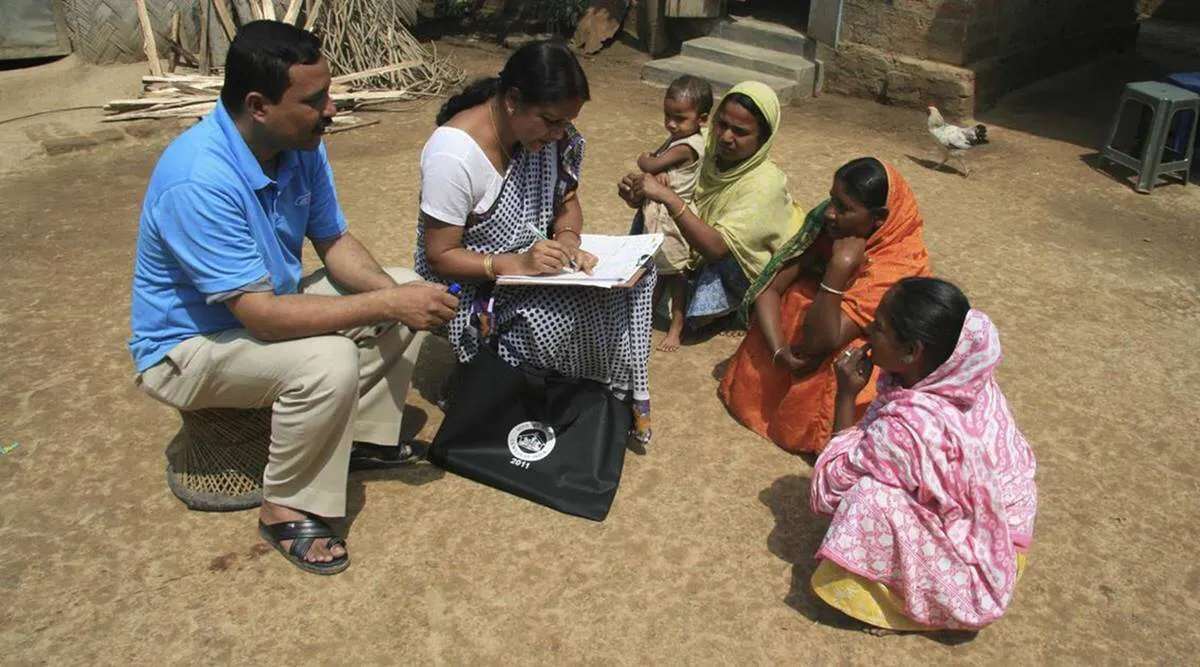India to Conduct Landmark 2027 Census with Caste Data In a historic decision, the Government of India has released an official announcement on Wednesday that the Population Census 2027 will be conducted in two phases, including caste enumeration for the first time since 1931. the census will be carried out in two major phases: the House Listing and Housing Census in mid-2026 will collect data on housing conditions, amenities, and household structures, while the Population Enumeration phase in February–March 2027 will record population data, migration patterns, birth and death rates, education, occupations, and caste details. the reference date for most states is set for March 1, 2027, with an earlier date of October 1, 2026, for snow-bound regions like Ladakh, Jammu & Kashmir, Himachal Pradesh, and Uttarakhand This will be the first time since independence that the census will include caste data, recording the names of castes without classifying them into reserved or non-reserved categories. the move has been strongly supported by states like Bihar, Tamil Nadu, and Maharashtra, which have long demanded caste data to guide affirmative action and reservation policies. Dr. Sunita Rathi, a sociologist at JNU, noted that “this data will be crucial for ensuring that resources and opportunities reach those who need them most.” However, some critics have warned that the caste data could be politicized in upcoming elections. Digital-First Approach and Critical Policy Impact the 2027 census marks a technological leap for India, as enumerators will use mobile apps and tablets for real-time data collection, and citizens will have the option to self-enumerate online a first for India (source: Business Standard). Union Home Minister Amit Shah has emphasized the use of artificial intelligence (AI) and data analytics to make the census more accurate and transparent. This census is especially significant as it comes after a 17-year gap the last full census was in 2011 which recorded a population of over 121 crores in India, reflecting a growth rate of 17.7 per cent. and the 2021 census was postponed indefinitely due to the COVID-19 pandemic. With India now the world’s most populous nation at 1.43 billion people (2023) the findings of this census will be crucial for economic planning, resource allocation, health, education, welfare programs, and tracking post-COVID migration.State-level caste surveys highlight the importance of such data. Bihar’s 2022 caste-based survey found that OBCs make up 63.14% of the state’s population, while Telangana’s 2024 SEEEPC survey covered 96.9% of households, providing extensive data on caste, education, employment, and income (source: Wikipedia). these examples underscore how caste data can inform targeted welfare measures and improve representation. Legal Framework, Next Steps, and the Road Ahead the detailed caste and population data from the 2027 census will also play a pivotal role in delimitation of constituencies the redrawing of electoral boundaries to ensure fair representation based on updated demographic realities. This process is critical for balancing the political voice of different communities and implementing reservation quotas like the Women’s Reservation Bill. While states with significant OBC populations see this as essential for equitable governance, some warn that caste data could be politicized in future elections. the census will be conducted under the Census Act, 1948, with an official intent to carry out the exercise along with caste enumeration expected to be published in the Gazette of India on June 16, 2025. Enumerator training and the digital rollout will follow soon after. As India prepares for this landmark exercise, policymakers, social justice advocates, and citizens will be watching closely to see how this data reshapes governance, social equity, and representation for decades to come.
Census 2027: India to Hold First-Ever Digital Caste-Based Population Count in Two Phases.
By Sobiya Banday•
